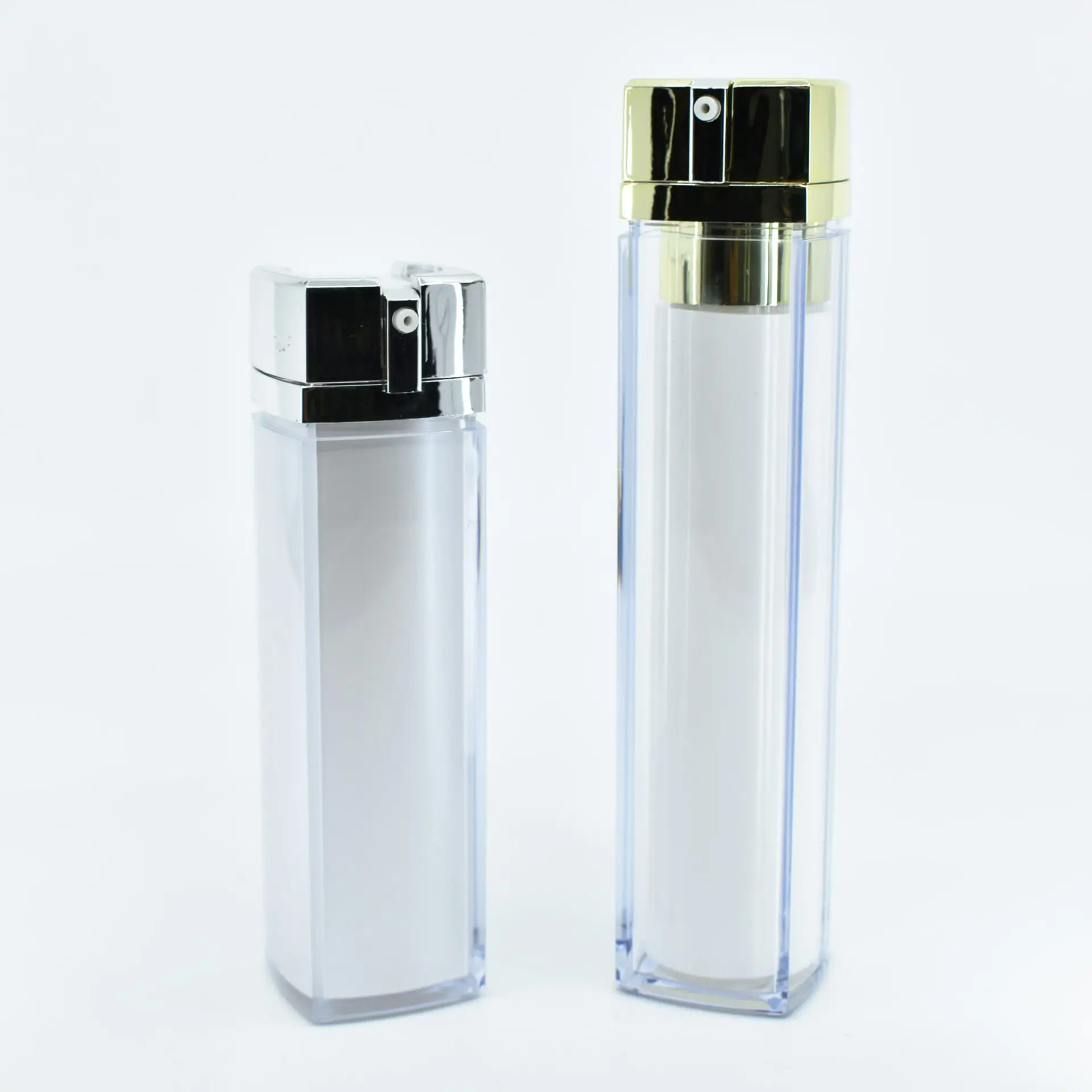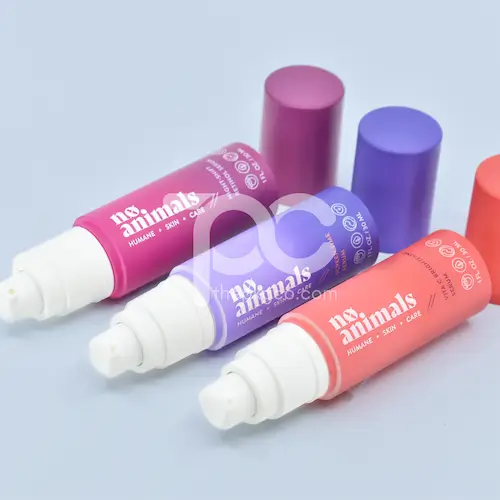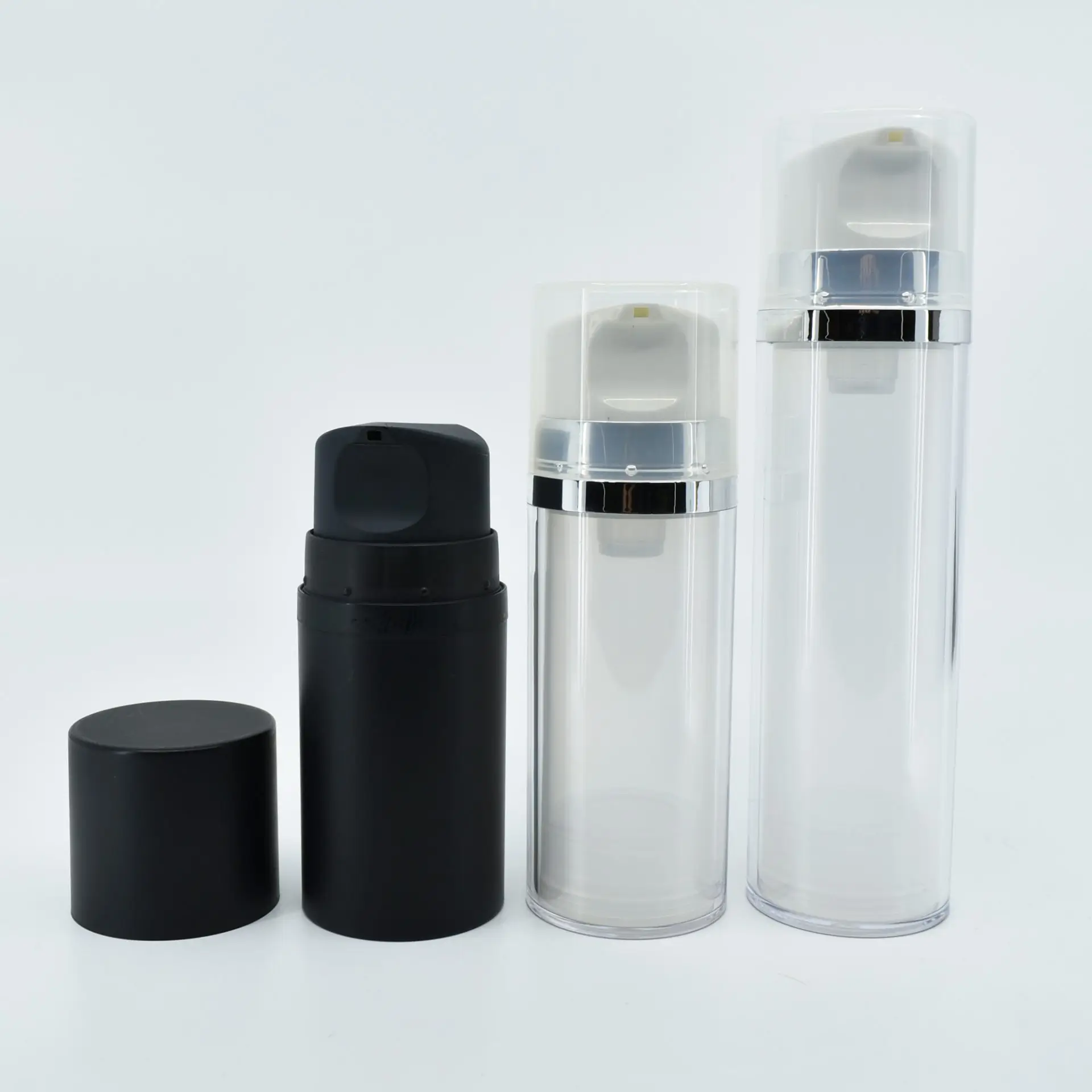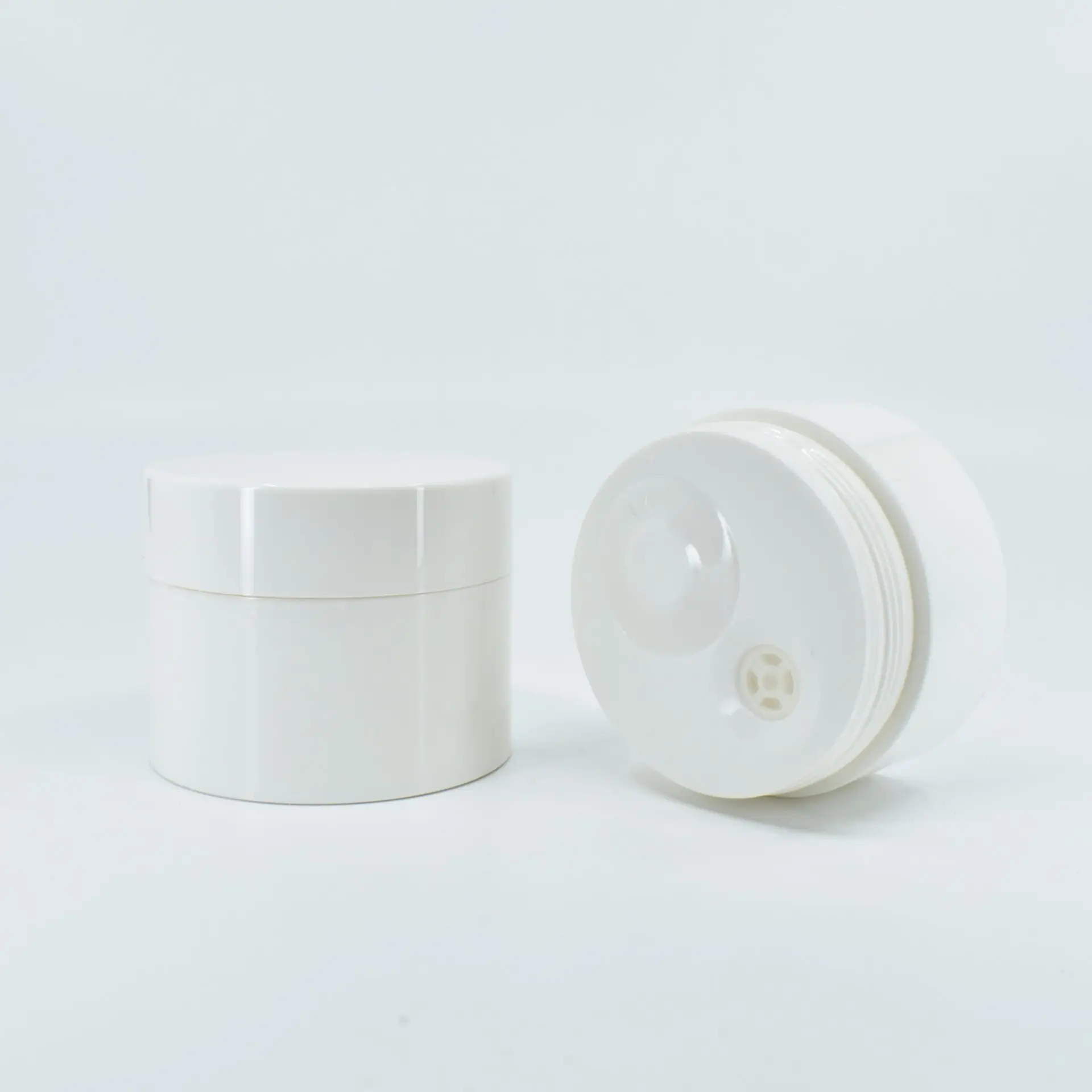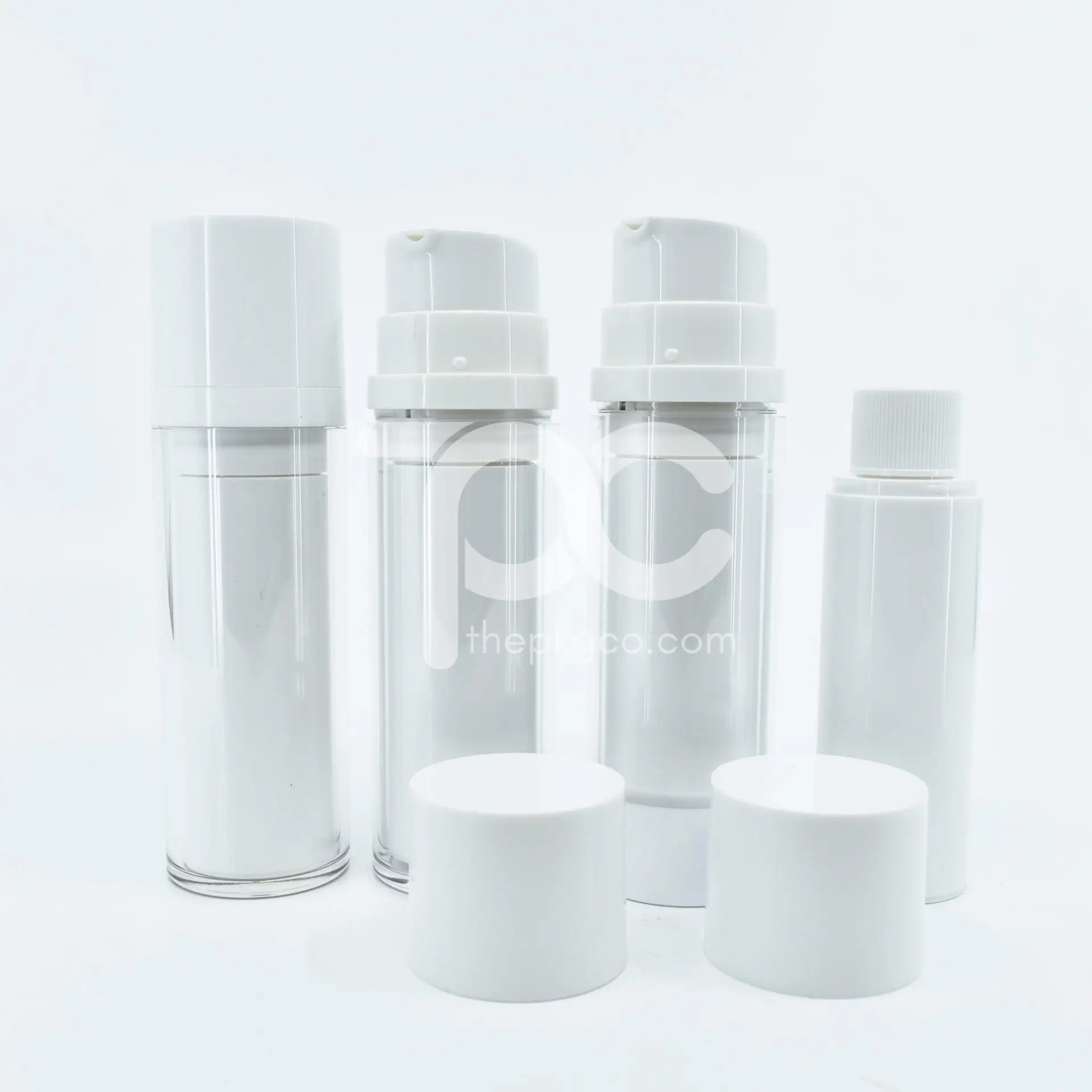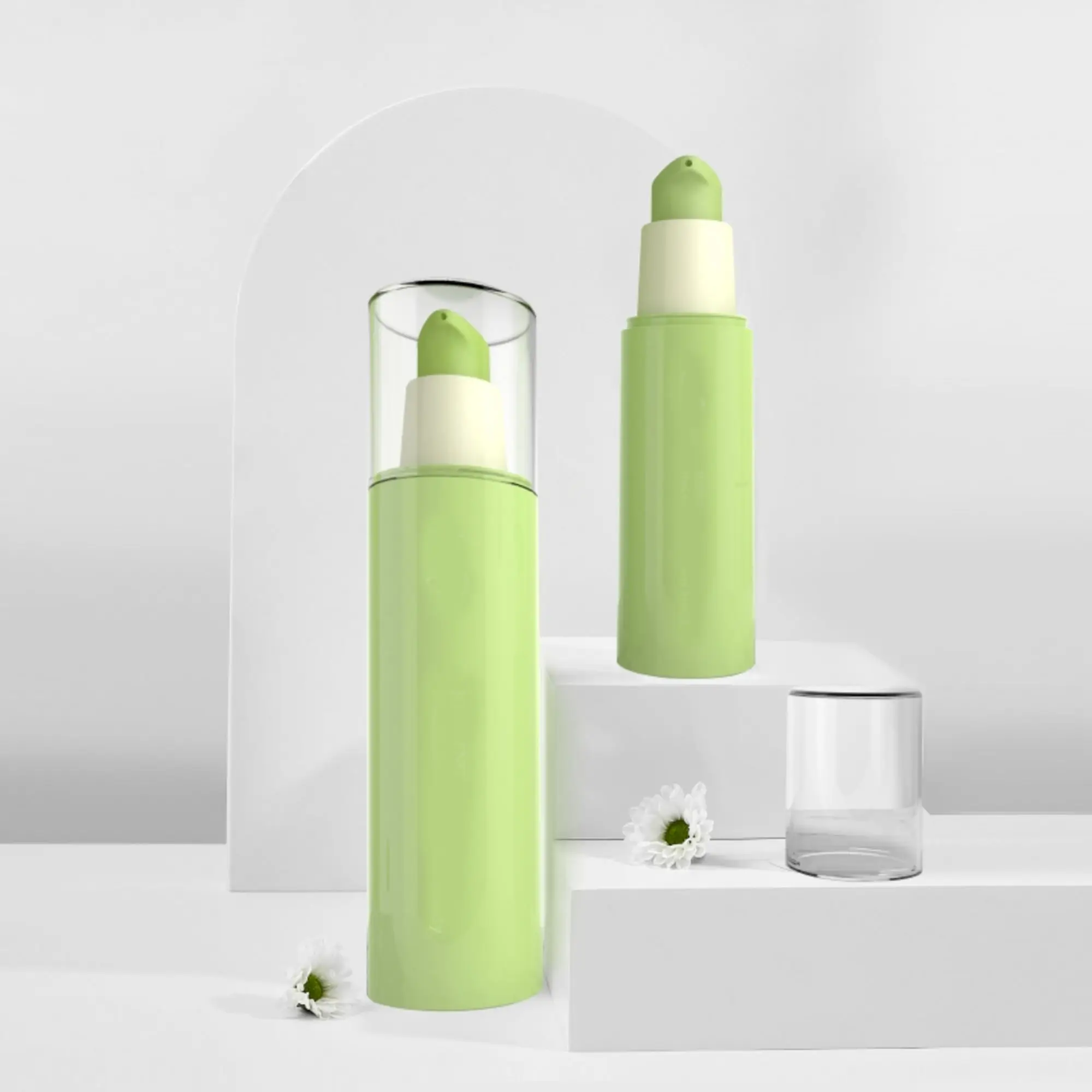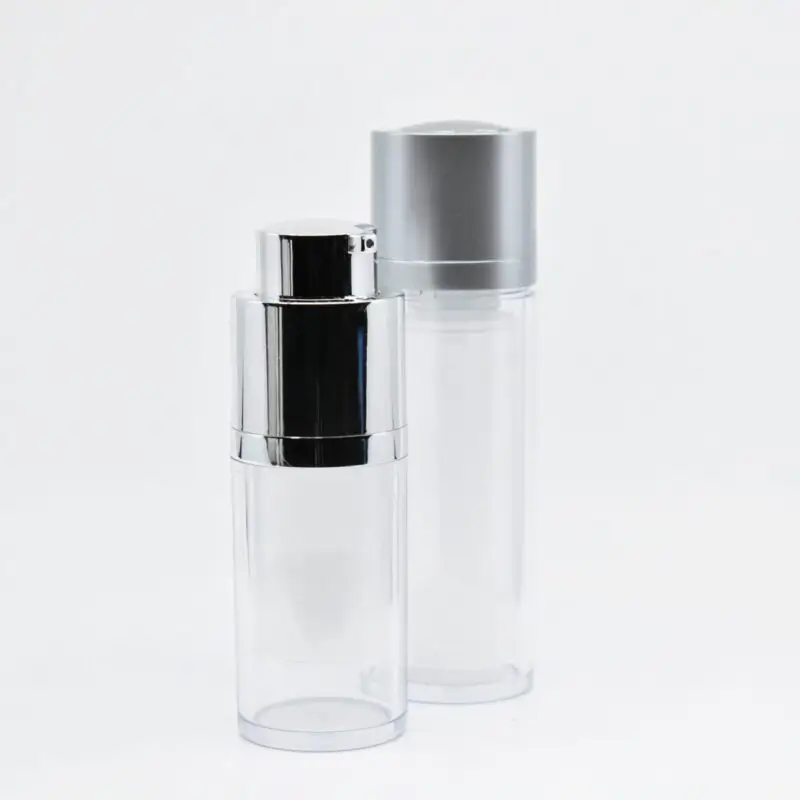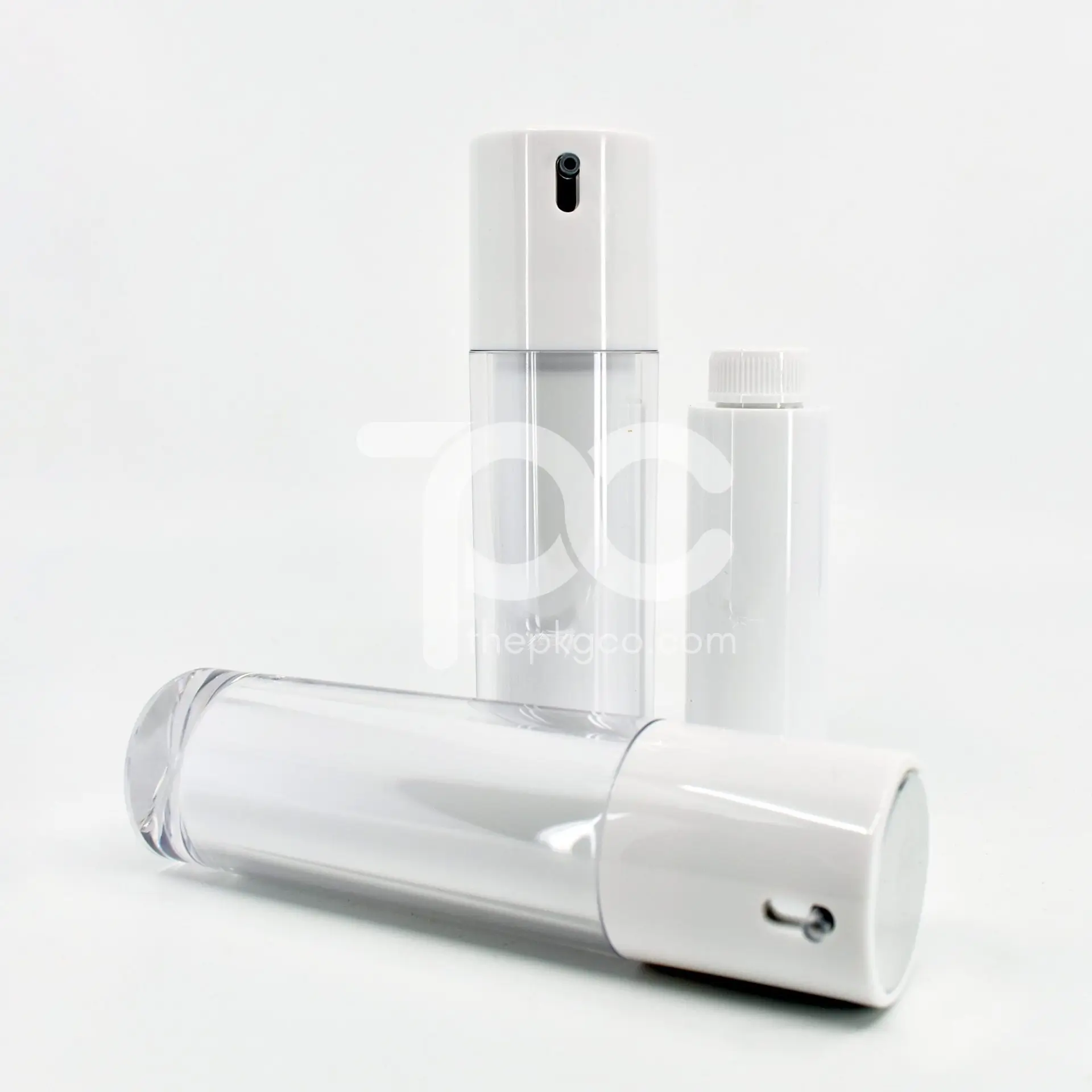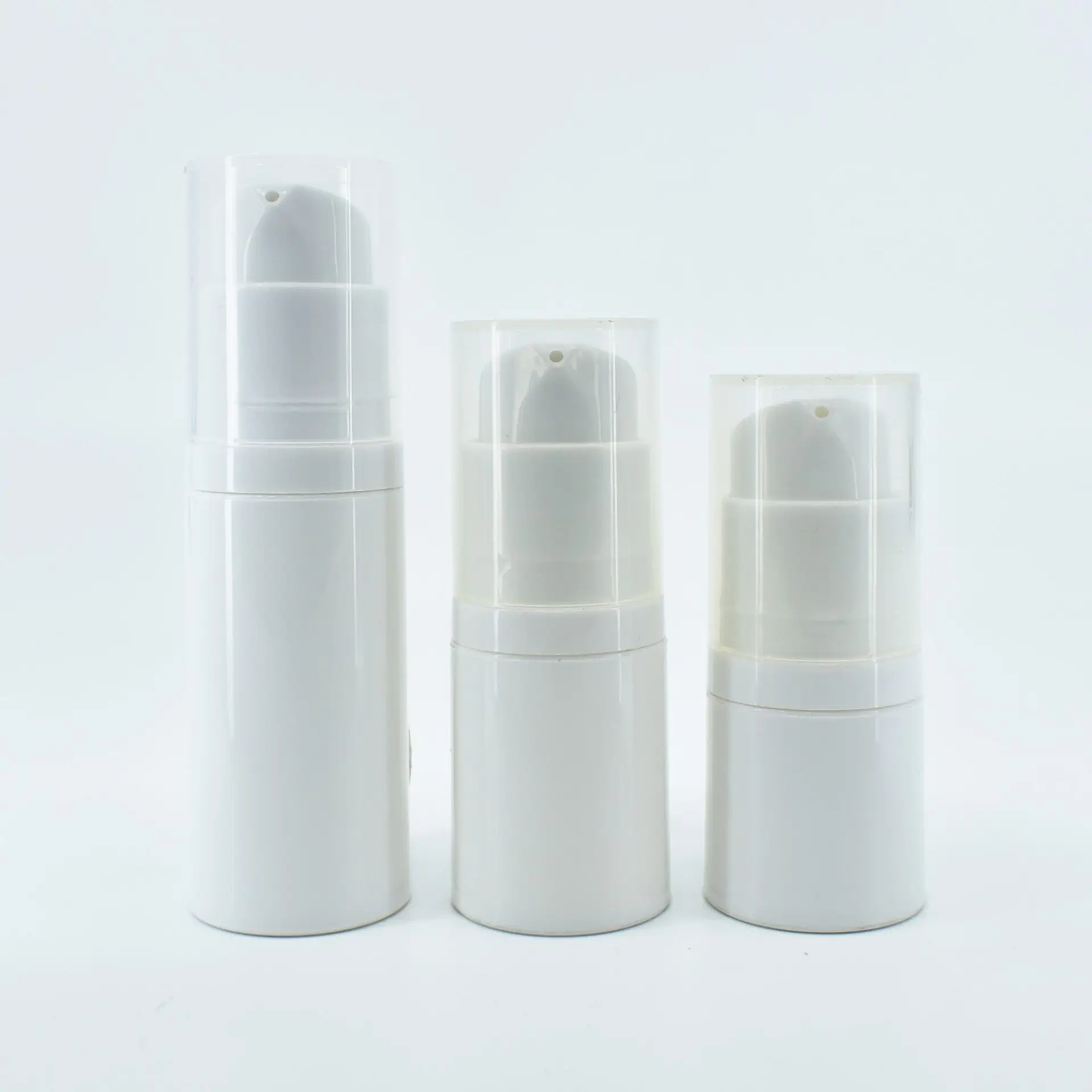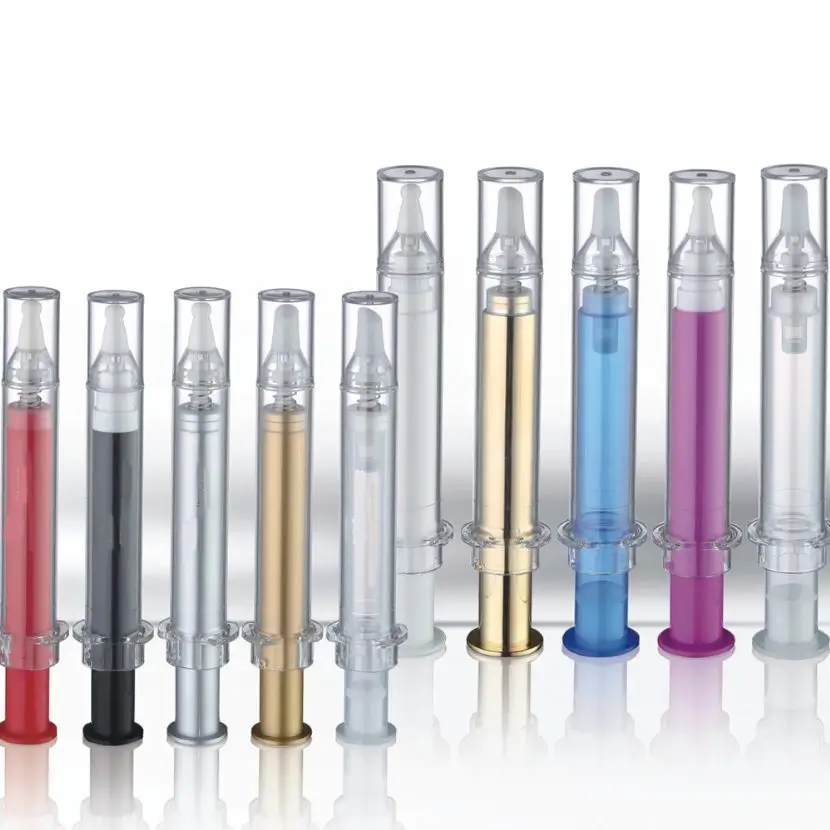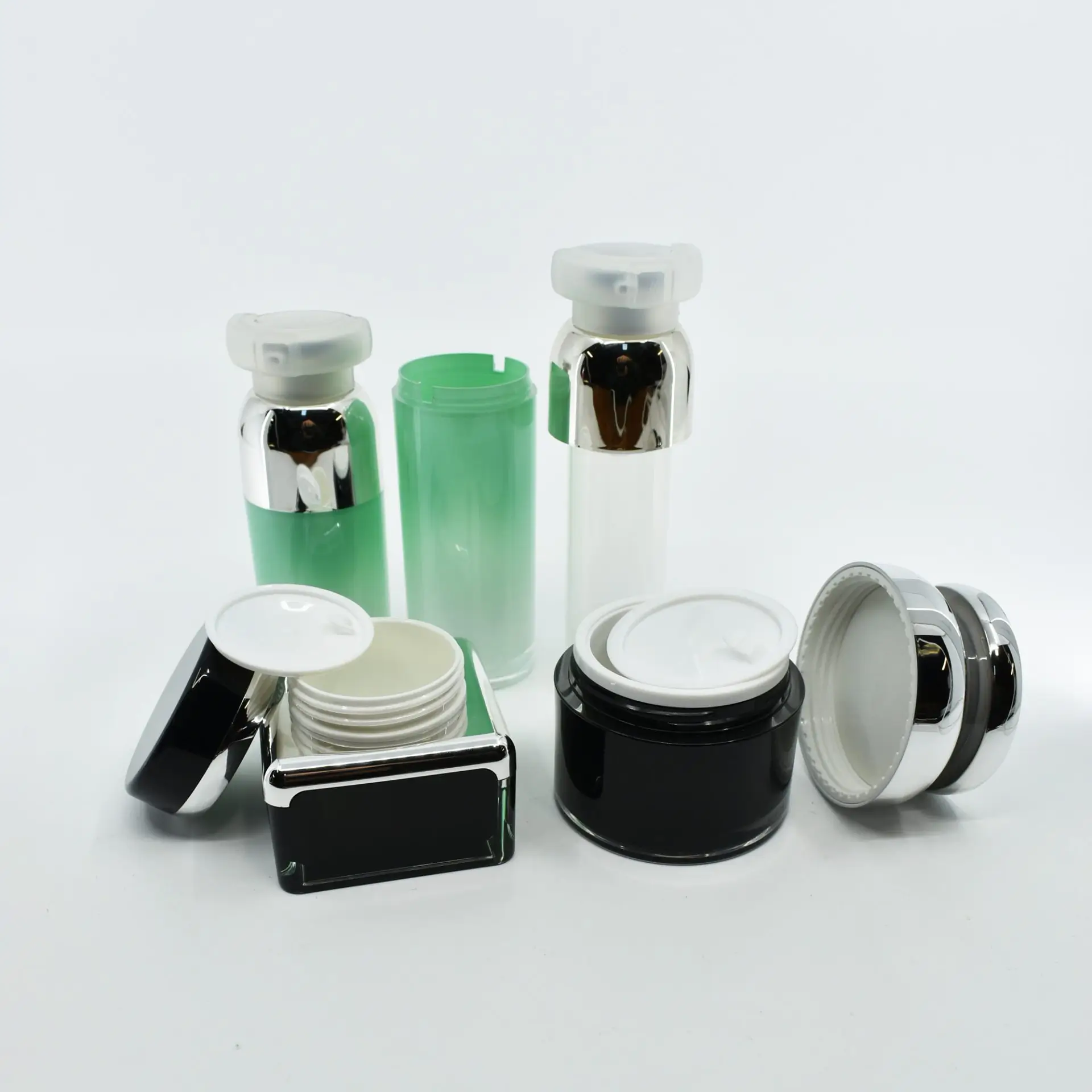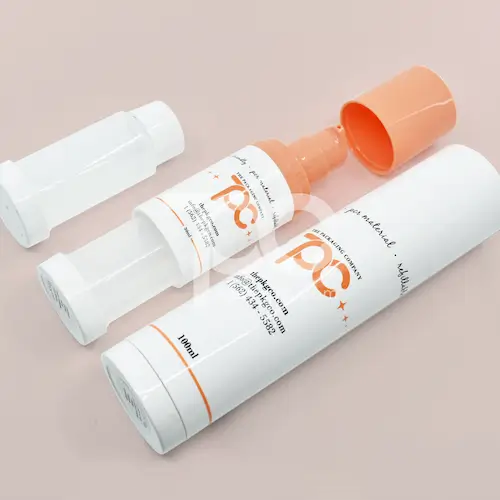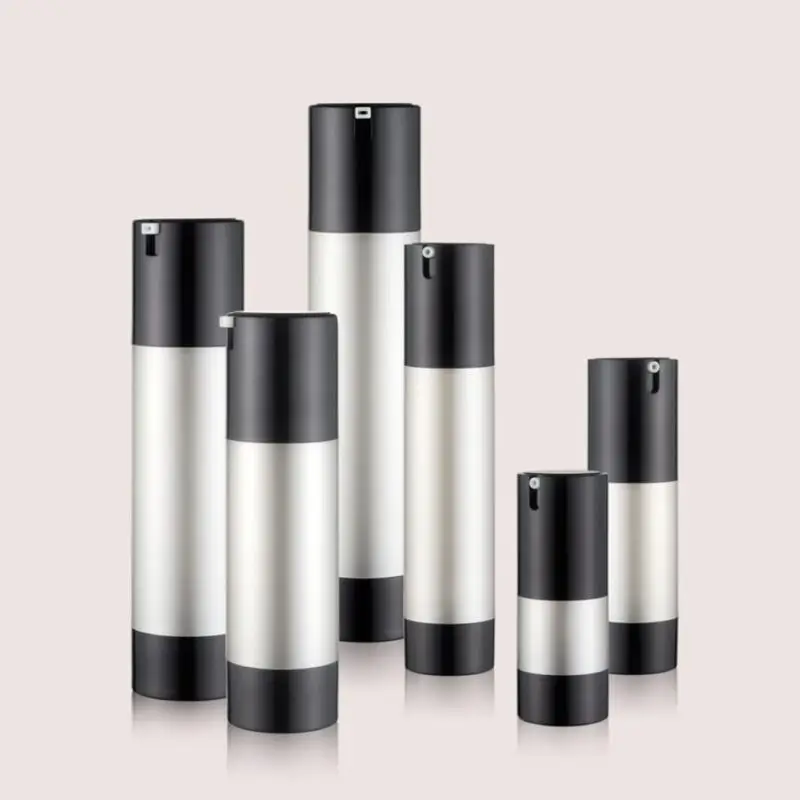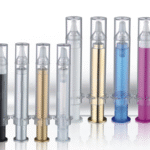
Cosmetic Pump Bottles for Multi-Step Skincare Routines: Design and Usability Insights!
13 November 2025Sensitive skincare formulations like vitamin C, retinol, peptides, and hyaluronic acid degrade quickly when exposed to air, light, or microbial contamination. Choosing the right packaging isn’t just cosmetic—it’s science. A glass airless bottle packaging solution can dramatically preserve the potency of these actives, ensuring your products stay fresh longer, maintain efficacy, and remain safe for use.
But how exactly does this technology safeguard your formulations and prevent expensive product wastage?
Why Airless Glass Packaging is a Game-Changer
When it comes to sensitive actives, oxygen, light, and microbial exposure are the silent enemies. A glass airless bottle packaging solution company offers designs that tackle these threats head-on. Here’s how:
- Vacuum piston mechanism: Prevents air from entering the container, significantly reducing oxidation of unstable actives like vitamin C or peptides.
- Non-return valves: Stop backflow, ensuring formula integrity and freshness with every use.
- Photostable glass: Filters harmful UV light that can degrade retinol or antioxidants.
- Antioxidant stability: Maintains the chemical balance of sensitive ingredients, extending shelf life.
- Microbial contamination prevention: Airless systems reduce the risk of bacteria entering, safeguarding hygiene and safety.
Every feature works together to create a controlled environment, keeping formulations as effective as the day they were packaged. But did you know this technology can also enhance the texture and scent of products in ways most brands overlook?
Can Airless Glass Really Outperform Standard Packaging?
Absolutely. Ordinary jars or tubes allow air exposure with each use, accelerating oxidation and reducing active potency. In contrast, glass airless bottle packaging uses a vacuum piston to maintain a sealed environment, drastically slowing degradation. Imagine a hyaluronic acid serum that retains its hydration properties weeks longer—or a vitamin C formula that doesn’t darken prematurely.
Yet, there’s a nuance many brands miss: the combination of glass and airless mechanics also prevents subtle chemical reactions that can cause unpleasant odor or color changes in complex formulations. This small innovation can make a premium product feel truly luxurious from the first to last drop…
How Does It Work? A Scientific Look
Airless glass packaging combines mechanical precision with material science. The vacuum piston mechanism gradually dispenses the formula without letting air enter. Non-return valves prevent contamination, while photostable glass filters out UV rays. Together, these features:
- Minimise oxidation and degradation of sensitive actives.
- Maintain antioxidant stability and prevent formula breakdown.
- Reduce microbial contamination risk for safer application.
- Extend product longevity while preserving texture, color, and fragrance.
Interestingly, some formulations that previously required refrigeration can now remain shelf-stable thanks to this packaging. And here’s a cliffhanger for brands: certain combinations of airless design and photoprotective glass can actually double the shelf life of high-potency actives like vitamin C and retinol.
Refillable, Sustainable, and Premium
Sustainability meets science. Many glass airless bottle packaging options are refillable, mono-material, and eco-conscious without compromising luxury appeal. Brands can now offer consumers a premium feel, hygienic dispensing, and environmental responsibility—all in one bottle. Airless Bottles is there with its range of options to cater to all your demands.
This intersection of luxury, hygiene, and sustainability isn’t just a trend—it’s becoming a standard expectation for conscious consumers. Imagine being able to tell your customers their favorite serum is not only potent but also refillable and eco-friendly—a statement that resonates with today’s mindful beauty buyers.
FAQs About Glass Airless Packaging
1. Why is glass preferred over plastic for airless bottles?
Glass provides chemical inertness, UV protection, and a premium feel. It prevents leaching, preserving sensitive actives like vitamin C and peptides longer than most plastics.
2. How does the vacuum piston prevent oxidation?
It creates a sealed environment where air cannot enter during dispensing, minimizing oxygen contact and slowing degradation of active ingredients.
3. Can airless bottles prevent microbial contamination?
Yes. The non-return valve ensures bacteria or other contaminants cannot enter, keeping formulations hygienic throughout their lifecycle.
4. Are all formulations compatible with glass airless bottles?
Most water-based and oil-based serums, creams, and emulsions work well. Highly viscous or granulated formulas may need customised dispensing mechanisms.
5. How long can sensitive formulations last in glass airless packaging?
Depending on the active and formulation, shelf life can be extended by several months to over a year, compared to conventional jars or tubes. Glass airless packaging is more than a container—it’s a preservation tool for premium skincare. From extending shelf life and preventing oxidation to maintaining luxury appeal and hygiene, it’s the ultimate solution for modern cosmetic brands. If you’re looking to protect your sensitive formulations while elevating brand perception, investing in this technology is a step toward uncompromised quality.

